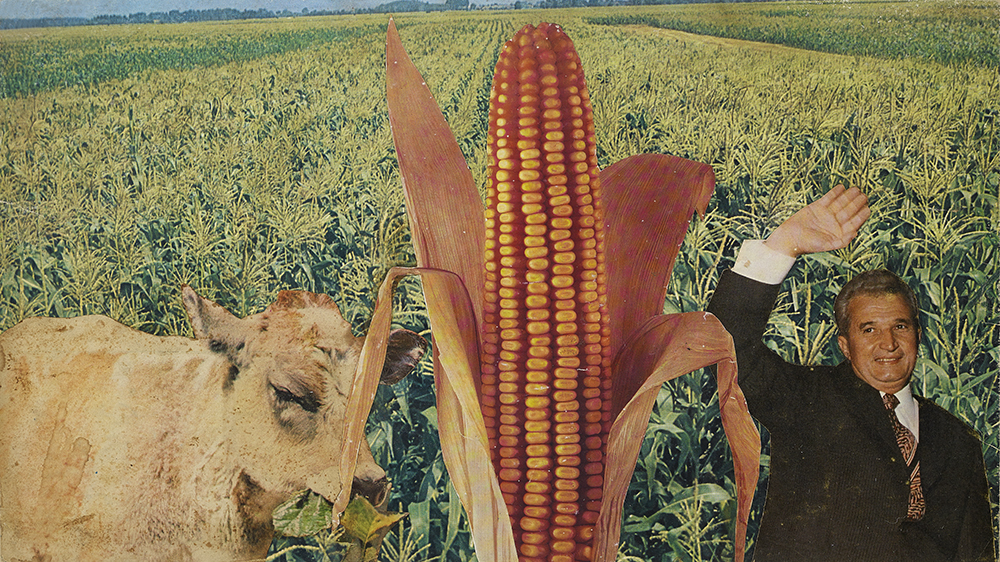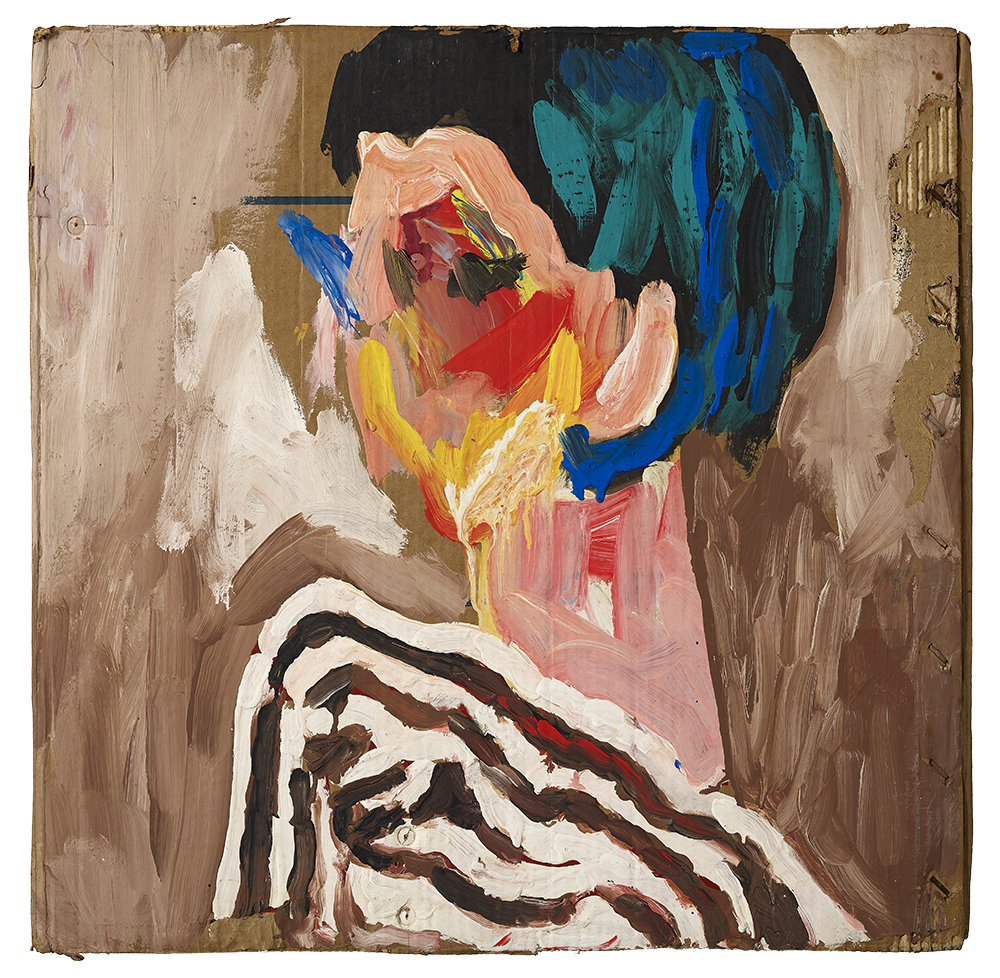
Stylistic Diversity Ltd.
“Stylistic Diversity with Limited Liability” is the title of the permanent exhibition that can be seen at MARe/Museum of Recent Art, starting on October 9, 2018. Presenting 126 works signed by 62 Romanian artists, the exhibition captures the transformations of Romanian art after July 1965, when at the 9th Congress of the Romanian Communist Party it was decided to “liberalize” it and release it from the pressure imposed by Stalinist doctrine. According to MARe, this is the year when “recent art” was born — an art both liberated but still under the control of censorship, an art that seemingly diversified without limits, yet was always directed by the political vision. The second crucial moment is 1989, when Romanian art expressed both the anxieties of the transition, denied the past, and looked to the future with hope mixed with cynicism.
Among the artists featured in the exhibition are Gheorghe Berindei, Horia Bernea, Ștefan Bertalan, Doru Bucur, Andrei Cădere, Alexandru Chira, Aurel Cojan, Sorin Dumitrescu, Ion Dumitriu, Constantin Flondor, Paul Gherasim, Ion Grigorescu, Florin Mitroi, Florin Niculiu, Horia Paștina, Jules Perahim, Mihai Sârbulescu or Ion Țuculescu (from the 1965–1989 period), and Vioara Bara, Ana Bănică, Ioana Bătrânu, Nicolae Comănescu, Suzana Dan, Dumitru Gorzo, Teodor Graur, Victor Man, Gili Mocanu, Anca Mureșan, Vlad Nancă, Constantin Petrașchievici, Tara von Neudorf, Florin Tudor, Ștefan Ungureanu, Bogdan Vlăduță, Ecaterina Vrana.
One of the most spectacular, yet seemingly imperceptible characteristics of the permanent exhibition is the organic connection between its discourse and that of the museum building. We are dealing with a unique case in Romania and rare at a global level, where the building of an art museum is conceived in direct relation to the permanent exhibition it hosts — indeed, even determined by it. Conversely, the museum’s architecture, subject to legislative constraints, urban planning context, and the memory of the place, imposed its own requirements, pushing the curatorial vision to step outside of itself (and even outside the museum!) in order to intrinsically and implicitly align with the urban texture in which it is presented.



